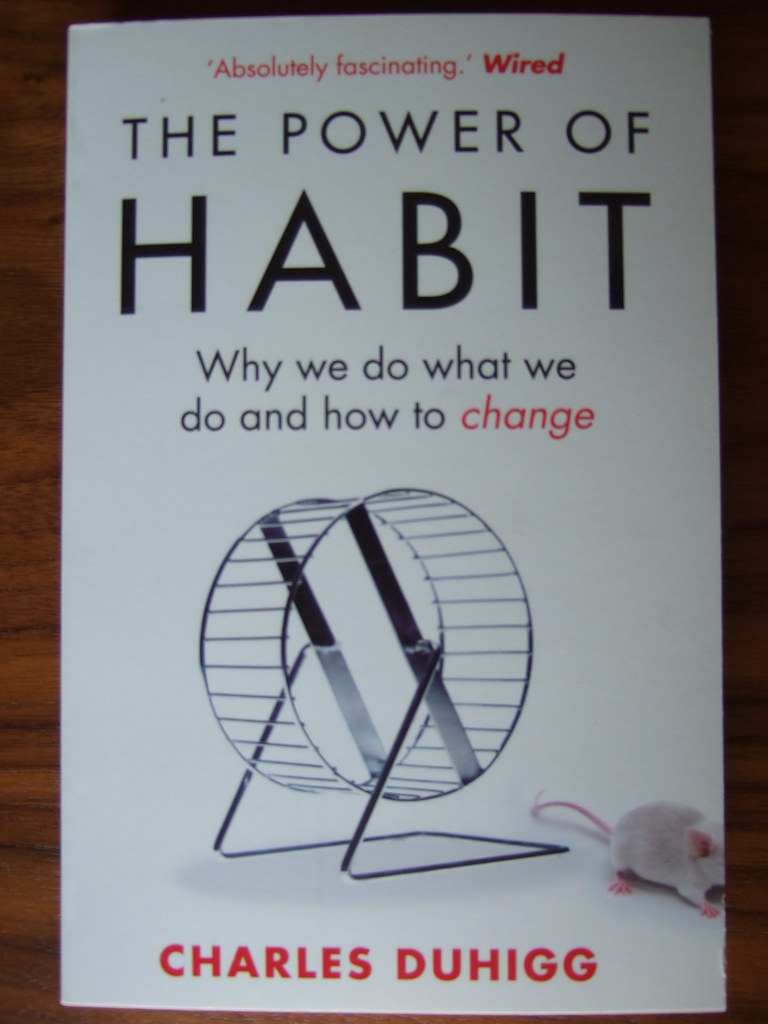Leave it to Amazon to keep things interesting. Now, in addition to same-day delivery of just about anything, Amazon can walk your dog, clean your house, install and set up your new refrigerator, let selected neighbors in, leave your packages securely inside your home, and who knows what else.
I’m talking, of course, about Amazon Key. Like everything else they do these days, Amazon’s announcement is big news for the retail industry. Available exclusively for Prime members, Amazon Key includes an in-home kit with a cloud-enabled indoor security camera and compatible smart lock for $249.
According to an Amazon press release, “Amazon Key allows customers to have their packages securely delivered inside their home without having to be there…each time a delivery driver requests access to a customer’s home, Amazon verifies that the correct driver is at the right address, at the intended time, through an encrypted authentication process. Once this process is successfully completed, Amazon Cloud Cam starts recording and the door is then unlocked. No access codes or keys are ever provided to delivery drivers. And, for added peace of mind, in-home delivery is backed by Amazon’s Happiness Guarantee.”
Will it Work?
An audacious value proposition? Of course. Will it work? Who knows. My guess is that a thin slice of time-starved, upper-income, tech-savvy, trusting, heavy Prime users will turn to Amazon Key.
I don’t think Amazon will hit a home run with this across all Prime demographics, though. Unprecedented technology and privacy failures have burned consumers too many times, with Equifax being the #1 culprit in recent months. Security issues with unprotected webcams offer a real concern. Making consumers comfortable with the idea of perfect strangers entering their home is another huge barrier, even with the measures that Amazon has in place. And will Amazon’s delivery people need your alarm code? The list goes on and on.
Much of the initial consumer reaction to Amazon Key was skeptical. As Huffington Post observed, “The Amazon key is designed to aid package delivery. What could go wrong?” The answer, according to the article, is summed up in one word: plenty.
What Does Amazon Key Mean for Amazon?
However, success or failure really isn’t the point. Amazon floats more audacious ideas than any other retailer, and as a result they raise the bar for the rest of the industry. Amazon Key is a clear signal that Amazon wants to take the consumer experience directly into its customers’ homes. As a result, other retailers must rethink what it means to truly serve their customers. Once again, Amazon is rapidly reinventing the norm in today’s retail industry.
Even if it’s a modest hit, Amazon Key offers consumers a basic, all-in-one home security cam and smart lock for $249, regardless of whether consumers use the service. And if Amazon wants to drive large-scale adoption, they can take it a step further. Amazon could consider not only delivering shoppers’ same day Whole Foods order, but putting a home-cooked dinner on the table. Now, that would take customer service to another level!



